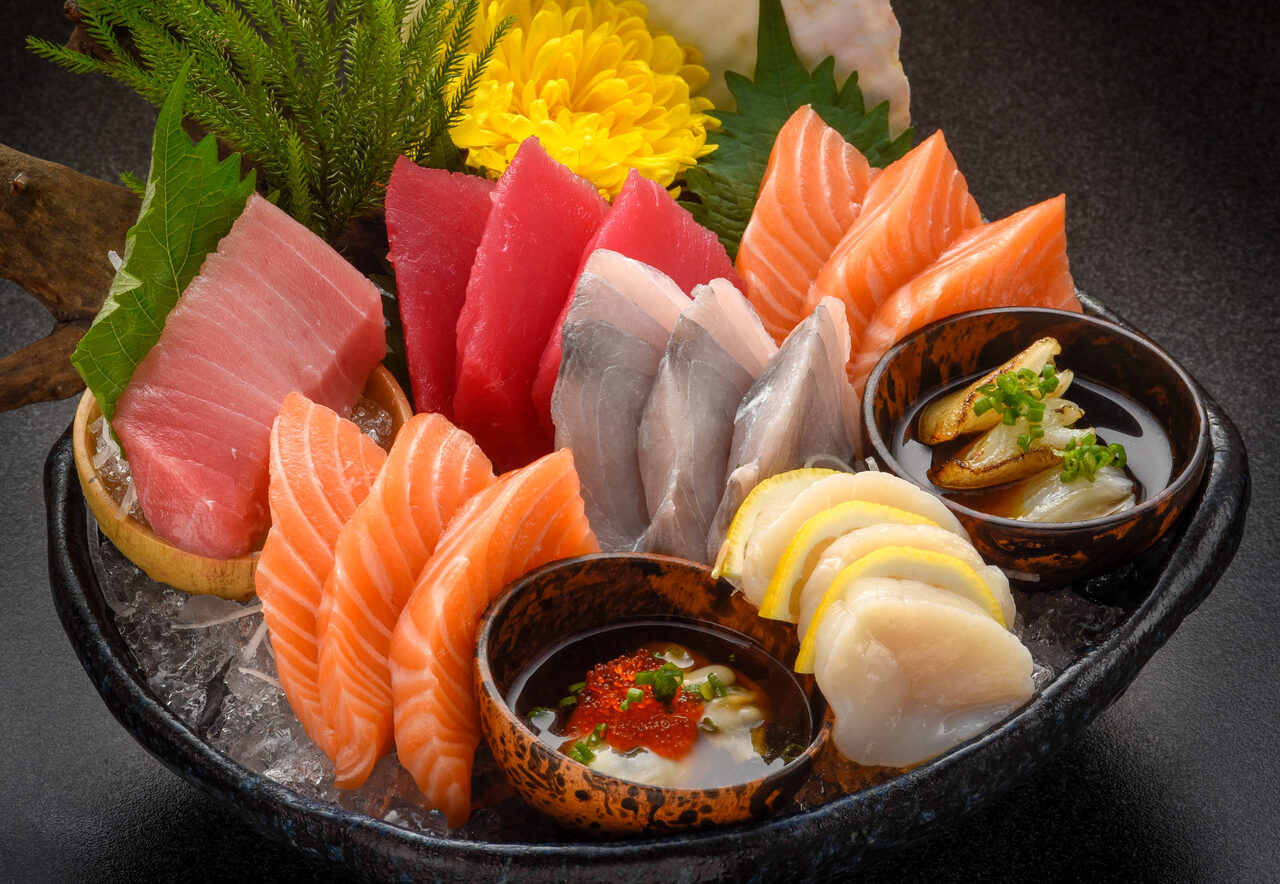Sashimi is a beloved Japanese dish that has gained worldwide recognition for its delicate flavors and pristine presentation. The art of sashimi lies in its simplicity, allowing the natural essence of fresh fish to shine through. In this article, we will take you on a culinary journey exploring the origins of sashimi, its key characteristics, and provide you with a classic sashimi recipe to enjoy at home.
The Essence of Sashimi: Sashimi is a Japanese dish that consists of thinly sliced, raw fish or seafood. It is a testament to the Japanese culinary philosophy of emphasizing the natural flavors and textures of ingredients. The choice of fish is crucial for sashimi, with popular options including tuna, salmon, yellowtail, mackerel, and octopus. The fish is meticulously selected for freshness and quality, ensuring it is safe for raw consumption.
Key Characteristics of Sashimi:
- Freshness: The success of sashimi lies in the freshness of the fish. It should be obtained from trusted sources and handled with care to maintain its quality and flavor.
- Knife Skills: Slicing the fish requires precision and expertise. The cuts should be made against the grain to maximize tenderness and texture.
- Presentation: Sashimi is often artfully arranged on a platter, garnished with edible flowers, radish, shredded daikon, or shiso leaves. The visual presentation adds to the overall dining experience.
Classic Sashimi Recipe:
Ingredients:
- Fresh fish fillets (such as tuna, salmon, yellowtail, or any other preferred fish)
- Soy sauce
- Wasabi
- Pickled ginger
Instructions:
- Begin by ensuring that your fish fillets are of the highest quality and have been properly cleaned and deboned. Place the fish in the refrigerator for a short time to chill.
- Using a sharp, long-bladed knife, slice the fish into thin, even pieces. It is important to cut against the grain for the best texture. Aim for slices that are approximately 1/4 inch thick.
- Arrange the sliced fish on a serving platter in an attractive pattern. You can create different designs or simply overlap the slices for an elegant presentation.
- Serve the sashimi with soy sauce, wasabi, and pickled ginger on the side. The soy sauce can be lightly drizzled over the fish, or you can dip each piece into the soy sauce before eating. Add a small amount of wasabi and pickled ginger to complement the flavors.
- Enjoy the sashimi by picking up a slice with chopsticks or a small fork, dipping it lightly into the soy sauce, and savoring the pure and delicate flavors of the fish.
Note: It is essential to use the freshest fish and handle it with care to ensure food safety. If you are unsure about sourcing and handling raw fish, it is recommended to consult with a knowledgeable fishmonger or professional chef.
Conclusion: Sashimi is a testament to the beauty of simplicity, highlighting the natural flavors and textures of fresh fish. This classic Japanese dish has captivated palates around the world with its elegance and finesse. By following this recipe and paying attention to the quality of the fish, you can recreate the essence of sashimi in your own kitchen. So, embark on a culinary adventure, appreciate the freshness of the fish, and savor the delicate flavors of this timeless Japanese delicacy.





